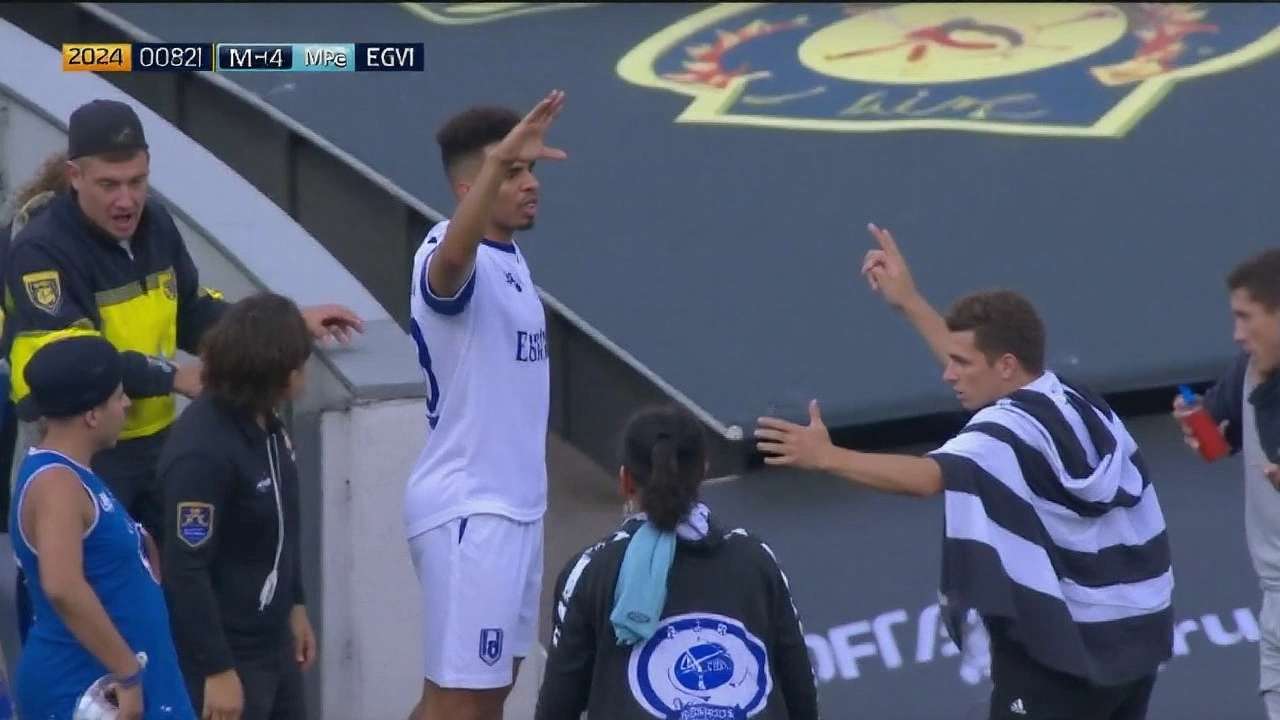Fan Violence: Why It Happens and How to Stop It
When you hear about a match turning into a brawl, the first thought is usually about angry fans. It’s not just drama – it’s a real safety problem that can ruin games, hurt people, and damage a club’s reputation. Understanding what drives fan violence and what can be done about it helps everyone enjoy sports without fear.
What Triggers Fan Violence?
Most incidents start with a mix of emotions, rivalry, and poor crowd management. A heated goal, a controversial referee call, or a historic rivalry can push supporters over the edge. Add alcohol, loud chants, and limited exits, and the atmosphere can spin out of control fast.
Social media also fuels the fire. A single angry tweet can spread through thousands of fans, turning a local dispute into a nationwide issue in minutes. When fans feel their team is disrespected, they often act out to defend pride.
Another big factor is inadequate security. If staff aren’t trained to spot early signs of trouble, small scuffles can quickly become full‑blown fights. Poor lighting, cramped seats, and lack of clear evacuation routes make it harder to contain trouble.
Practical Steps to Keep Stadiums Safe
Clubs and authorities can take concrete actions to lower the risk. First, limit alcohol sales or enforce a strict drink‑ticket system, especially in high‑risk sections. Studies show fewer fights when alcohol is controlled.
Second, invest in modern surveillance. High‑definition cameras and real‑time monitoring let security spot flashpoints before they spread. Coupled with trained stewards who can intervene early, the chance of escalation drops dramatically.
Third, clear communication matters. Announce rules loudly, display signage in multiple languages, and use public address systems to calm crowds after a tense moment. When fans know the consequences—like bans or fines—they’re less likely to push boundaries.
Community outreach also plays a role. Clubs that run fan‑education programs, youth workshops, and anti‑violence campaigns often see a cultural shift. When supporters feel part of a positive community, they’re more likely to police each other.
Finally, have a solid emergency plan. All exits should be marked, staff should run regular drills, and medical teams need quick access. If something does go wrong, a rapid response saves lives and limits damage.
In short, fan violence isn’t inevitable. It’s a mix of emotion, environment, and oversight. By tackling each of those pieces—control alcohol, boost security, communicate clearly, engage the community, and plan for emergencies—clubs can protect fans and keep the game enjoyable for everyone.
- September 16, 2025
- Comments 11
- Sports

